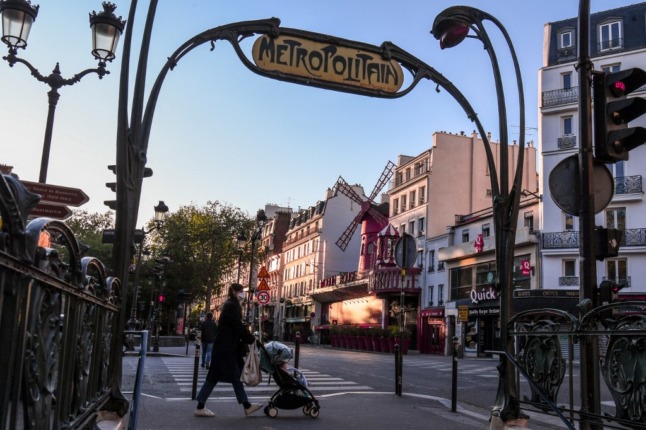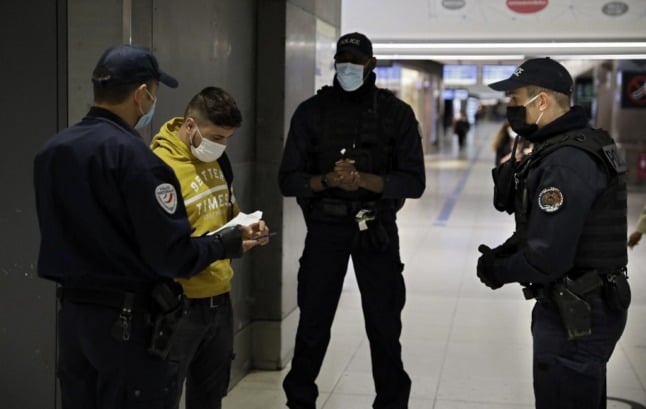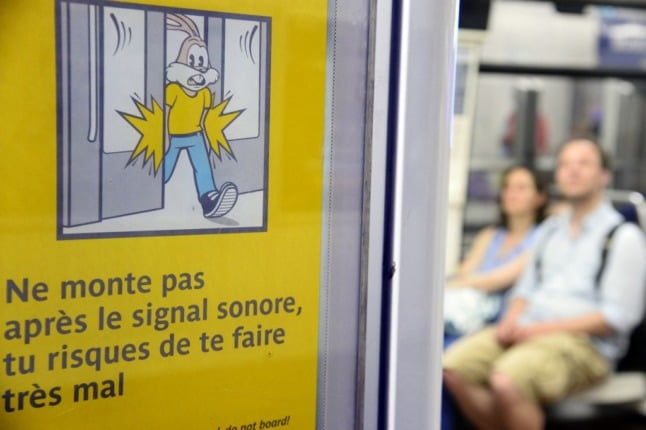Mon beau-frère et ma belle sœur, touristes autrichiens, étaient légèrement perdus dans les couloirs du métro. Heureusement ils ont trouvé un agent qui leur a mis … une amende !!! Pour circulation à sens interdit de couloir. Bravo @ClientsRATP @GroupeRATP au top pr l’accueil pic.twitter.com/LllEA1b8iV
— Jean Spiri (@jeanspiri) May 11, 2018
PARIS METRO
Paris: Tourists handed fine after getting ‘lost’ at Bastille Metro station
Two Austrian tourists who walked the wrong way through a passage at a Paris Metro station when they were lost have been forced to pay the price for their mistake after they were slapped with a €25 fine.
Published: 14 May 2018 12:45 CEST

Photo: Guillaume Flament/Flickr
The story serves as a reminder to learn the French phrase “sens interdit” or “passage interdit” (“no entry”) — and to stick to the approved passages on the Paris Metro — because even lost tourists won't escape a fine.
The two Austrian tourists got lost and strayed down the wrong passage at Bastille Metro station on May 11th.
And when they found a member of staff, rather than being pointed the right way, they were instead handed a fine.
The incident became public when a French family member sent out a sarcastic tweet about the tourists getting lost in the warren of tunnels at Bastille Metro station.
“Fortunately, they found an agent who gave them … a fine! ! ! For being in the wrong passage,” tweeted Jean Spiri, the brother-in-law of one of the tourists and also, coincidentally, the deputy mayor of Courbevoie, a town to the north west of Paris.
In his tweet, the deputy mayor included a snapshot of the receipt of the fine received by the tourists which amounted to €25, for “taking a prohibited route”, and added a sarcastic “congratulations” to the Paris Metro for their not-so warm welcome.
Unsurprisingly the story quickly made the rounds of social media with many indignant web users blasting the lack of compassion of the Paris Metro operator RATP and its staff.
The customer service Twitter account of the Paris transport company was quick to react, inviting Spiri to message them privately “about this case”.
However, he replied that he did not wish to dispute the fine, but simply asked for “a bit of discernment” from the RATP staff when it came to handing out fines.
Big Metro stations in Paris have a warren of tunnels connecting different lines with some of the passages effectively only “one-way” to prevent congestion among passengers. However the system can be confusing especially for tourists given that the “sens interdit” signs are fairly small.
And this isn't the first time that the doling out of Paris Metro fines has sparked outrage.
In fact, in March The Local reported that a pregnant woman had been fined €60 for walking the wrong way down a tunnel to take a short cut, leading to a wave of criticism online.
“Bravo for this racket,” her partner wrote sarcastically on Twitter, alongside a picture of her printed penalty notice. “A 60-euro fine without notice for a pregnant woman who goes the wrong way.”
However RATP has defended itself: “The ban [on going the wrong way] is primarily intended to ensure the safety of travelers. In stations, some corridors can only be used in one direction to facilitate the flow [of movement].”
Url copied to clipboard!




 Please whitelist us to continue reading.
Please whitelist us to continue reading.
Member comments